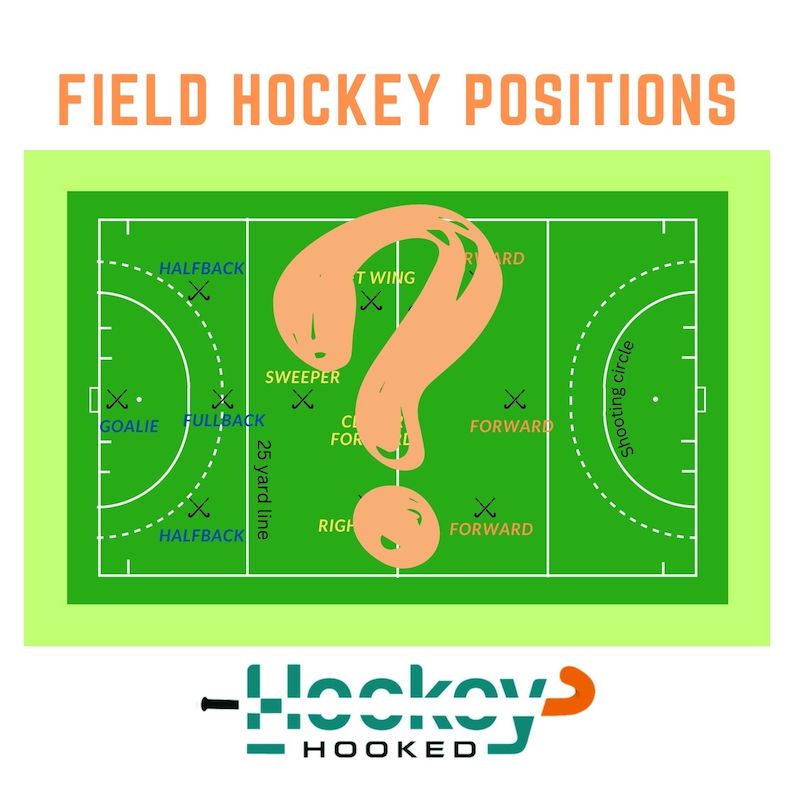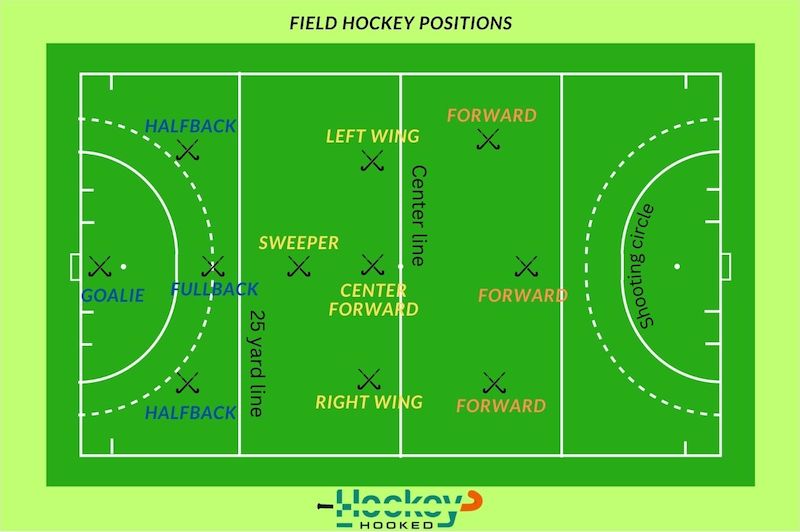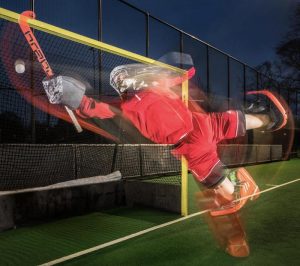Field hockey is an exciting and dynamic sport that requires a diverse range of skills, including speed, agility, hand-eye coordination, and tactical awareness. One of the most critical decisions for any aspiring field hockey player is selecting the right position to play in. Choosing the best position for your game can have a significant impact on your performance, as different positions require different skill sets and playing styles.
In this article, we will explore the various field hockey positions, their unique roles and responsibilities, and how to determine which position is best suited to your individual strengths and weaknesses. Whether you’re a beginner or an experienced player looking to switch things up, this guide will provide you with the knowledge and tools you need to choose the best field hockey position for your game.
In Field Hockey, there are 11 players on the field, including the goalkeeper. How the field is set up varies from team to team, however, the fundamental positions are –
- Forwards
- Midfielders
- Defenders
- Goalie
Forwards
Thinking about the strengths and weaknesses required when choosing your best field hockey position. These are the attributes of the best field hockey forwards –
- Speed
- Sharp shooting
- Calm under pressure
- Master of reverse shots, tomahawks, and drag flicks
Forwards will tend to be really fast players, particularly at running down the wings and attacking, with speed. Adept at dribbling from both wings, forwards should also possess a strong shot and be ready to take a penalty flick.
Obviously, forwards need to have good shooting skills so hitting tomahawks accurately at goal and other smart shots are a must.
The ability to be composed under pressure is really a key component of what makes a great forward. Forwards are tough players who don’t mind throwing themselves past defenders flailing sticks and sliding in a shot to score. They must be aware of the ball as midfielders will pass into space.
It is critical to be fast and composed around the D and highly skilled at shots such as the drag-flick. Some skills with reverse play will benefit you too. Forwards are expected to have a few tricks up their sleeves so learning 3D skills are important, while the jink steal is a favorite of mine.
These are my picks for the Best Field Hockey Sticks for Advanced Forwards in 2023.
Midfielders
The key attributes of a great midfielder are –
- Fitness
- Solid ball skills
- Strong at passing
- Communication
The players that are able to run all day tend to be playing in and around midfield. However, not just fitness but also durability, where they are able to switch from defense to attack quickly. Basically running from 25 to 25 throughout the game.
Midfielders are the players that will have solid ball skills, and hustle into tight spaces under pressure. They also need to be strong in the tackle, and in dribbling the ball where most of their work will be done in the crowded areas of the pitch.
Then there is passing. You need to be able to find that pass to the forward line. This is about recognizing where to pass and where the best place is going to be by the time the forward gets there. They should also be pretty good at distribution over the whole field. The high scoop pass is a neat skill to learn.
Effective communication is vital. Being able to direct people into the right place, in the right positions, and form a chain from the back to the front is what wins games.
Defenders
A solid defense line is critical to a successful team effort. These are some of the attributes that make a good defender –
- Dependable
- Good at passing
- Communication
Defenders must be dependable at the basic clearances and mentally level-headed. A calm head and strong defensive skills are important to be able to get out of those dangerous situations, especially when you are under pressure.
These are the players that do the basics exceptionally well. They are able to make good interceptions, so they’re pretty good normally at reading the game, identifying when to go in for the tackle, and being brave. They’re also pretty good at distribution, being able to pass to players all over the whole field.
Communication is vitally important – being able to direct people into the right place in the right place. Like the midfield, scooping the ball upfield is also a good skill for a defender to learn.
These are my picks for the Best Field Hockey Sticks for Advanced Defenders in 2023.
Goalie
Finally, there is the Goalie. The last line of defense, however, is also the savior of the team. The following qualities are what make a great Field Hockey Goalie –
- Bravory
- Fit and fast
- Presence
Goalies must be brave, and level-headed under pressure.
Experts talk about the 5 seconds defensive surge from the goal line to save a stroke at goal. The 5 seconds surge to save the ball in the D can be played over again and again in a game, so you need to be fit and fast. Not only do you need to be very fast off the line, and fearless in that five-second charge. You have to be fit enough to do that over and over again in a match. This can be improved with training.
Getting fit like a sprinter, practicing the short surging sprint over and over again with your pads on so you’re prepared for the game.
Goalie: Are you good at keeping your hands high when an attacker looms? Are you good at staying big? Sometimes the goalie is the most important position in the team. Having to save penalties, and penalty shootouts while making great saves from open play takes grit.
Do you enjoy that kind of responsibility, helping save your team the game? You must also be mentally stronger than the rest of the team. As when you concede a goal, you have to pick yourself up and go again without the disappointment hindering your performance for the rest of the game. Your size can help. If you are the smallest player in the squad do you think you should be the goalie? Probably not.
Check out our guide for the 6 Strengths needed to be a Good Field Hockey Goalie
The takeaway
In conclusion, choosing the best field hockey position requires an understanding of one’s strengths, weaknesses, and personal preferences. It is crucial to consider the demands of each position and match them with your skillset and physical attributes. Additionally, it is essential to communicate with your coach, teammates, and observe other players’ playing styles to gain a better understanding of each position’s responsibilities. Remember, field hockey is a team sport, and each position plays a vital role in achieving success. So, take your time, experiment with different positions, and enjoy the process of discovering your perfect field hockey position.

Eddie G
Eddie G, lives and breathes field hockey. In fact, he would go as far to say that he is a bit of a field hockey nut. He loves to research the latest trends and happenings in the game, so that he can stay ahead of the competition. While not so much on the pitch these days, Eddie enjoys reading up on the latest news and developments in the world of field hockey.

Eddie G
Eddie G, lives and breathes field hockey. In fact, he would go as far to say that he is a bit of a field hockey nut. He loves to research the latest trends and happenings in the game, so that he can stay ahead of the competition. While not so much on the pitch these days, Eddie enjoys reading up on the latest news and developments in the world of field hockey.









